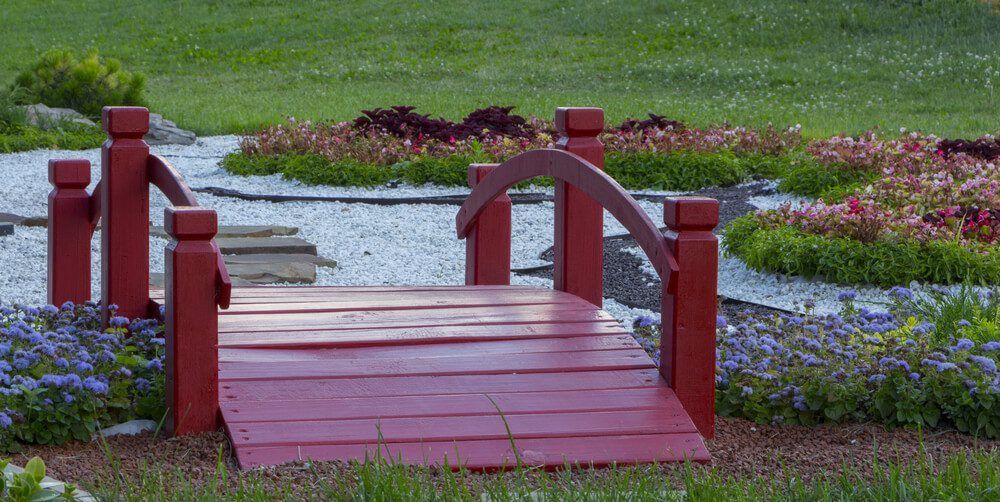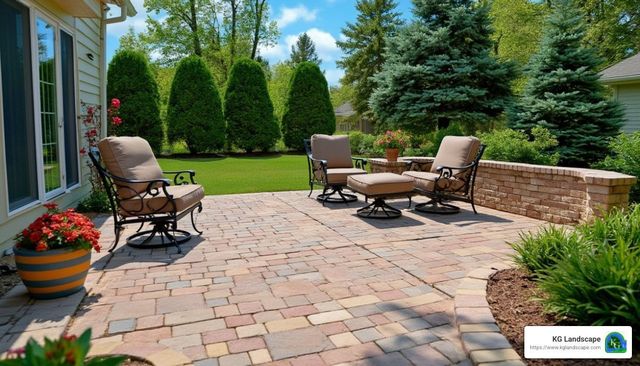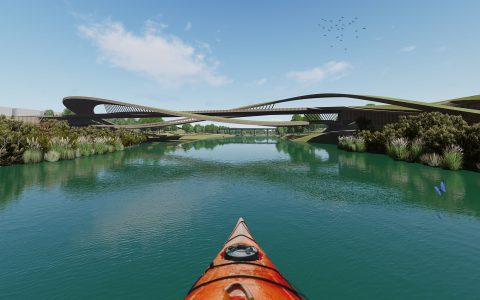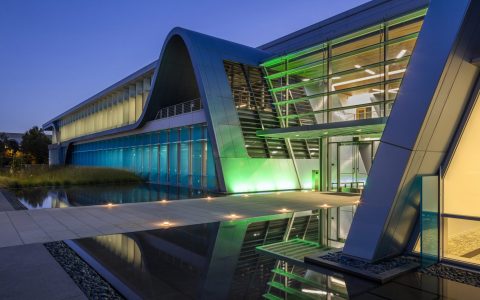Bridge landscape design focuses on the thoughtful integration of bridge structures with their surrounding environment, aiming to enhance aesthetic appeal, ecological function, and user experience. It transcends mere ornamentation, seeking a harmonious relationship between engineering and nature.
Core Principles of Bridge Landscape Design
Effective bridge landscape design adheres to several fundamental principles:
- Contextual Sensitivity: Designs must respond to the unique character of the site, whether urban, rural, or natural, ensuring the bridge feels like an integral part of its surroundings rather than an imposition.
- Ecological Integration: Prioritizing the preservation and enhancement of local ecosystems. This includes minimizing habitat disruption, using native plant species, managing stormwater runoff, and promoting biodiversity.
- Aesthetic Cohesion: Achieving visual harmony through careful consideration of form, scale, materials, color, and texture. The landscape should complement the bridge's architecture and the surrounding views.
- User Experience & Safety: Enhancing the journey for all users, including pedestrians, cyclists, and motorists. This involves clear wayfinding, safe pathways, comfortable resting areas, and strategic viewpoints.
- Sustainability & Resilience: Employing durable materials, resource-efficient practices, and designs that can adapt to changing environmental conditions and require manageable long-term maintenance.
Key Design Elements
Several components contribute to a successful bridge landscape:

Planting Strategies
Plant selection is critical. It involves choosing species appropriate to the local climate, soil conditions, and maintenance capacity. Native plants are often preferred for their resilience and ecological benefits. Strategies may include ground cover, shrubs, trees, and innovative solutions like green walls or integrated planters on or adjacent to the bridge structure, always considering structural load limits and sightlines.
Hardscape & Material Selection
Hardscape elements define accessible areas and contribute significantly to the visual character. The choice of materials for pathways, plazas, retaining walls, and railings is crucial. Considerations include durability, slip resistance, aesthetic compatibility with the bridge and surroundings, and lifecycle costs. For instance, paving solutions can vary significantly in price, influenced by style, color, and material composition, excluding installation. Careful selection ensures longevity and appropriate visual character.
Lighting Design
Lighting serves both functional and aesthetic purposes. It ensures safety for users during nighttime, highlights architectural features of the bridge, and can accentuate landscape elements. Energy-efficient solutions and designs that minimize light pollution are increasingly important.
Water Management
Effective drainage and stormwater management are essential to protect the bridge structure and surrounding landscape from erosion and water damage. Design strategies can include bioswales, rain gardens, and permeable paving to manage runoff sustainably.
Design Process & Technological Integration
The design process typically involves thorough site analysis, understanding environmental constraints, engaging with stakeholders, and adhering to regulatory requirements. Collaboration between landscape architects, engineers, ecologists, and urban planners is vital. Emerging digital tools, including AI-driven design generators and rendering engines, are increasingly utilized to conceptualize designs, enhance visualizations, and explore various scenarios efficiently, aiding in decision-making and communication.

Challenges in Bridge Landscape Design
Implementing bridge landscape designs involves navigating several challenges:
- Structural Constraints: The bridge's engineering requirements, including load-bearing capacity and access for inspection, can limit landscape interventions.
- Harsh Environmental Conditions: Bridges are often exposed to wind, sun, and pollutants, requiring robust plant species and durable materials.
- Budgetary Limitations: Balancing aesthetic aspirations with financial realities, including initial construction costs and ongoing maintenance, is a constant consideration.
- Maintenance Demands: Ensuring the long-term health and appearance of landscape elements requires a well-defined maintenance plan and resources.
- Regulatory Hurdles: Compliance with environmental permits, safety standards, and accessibility codes can be complex.







